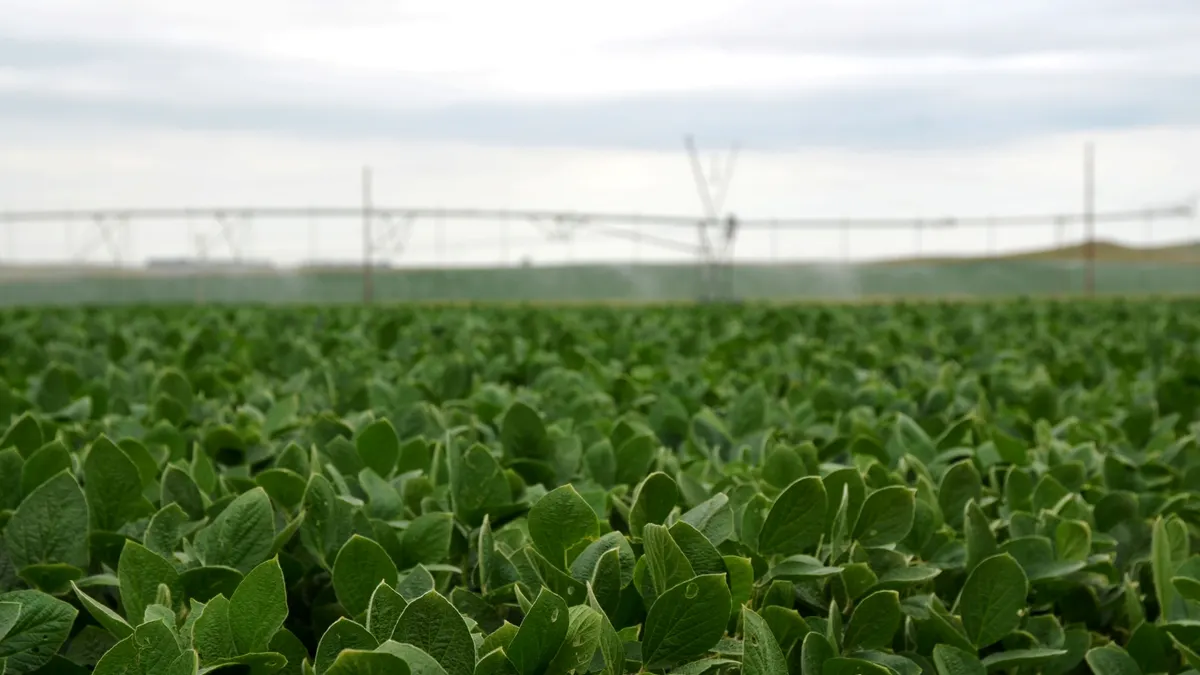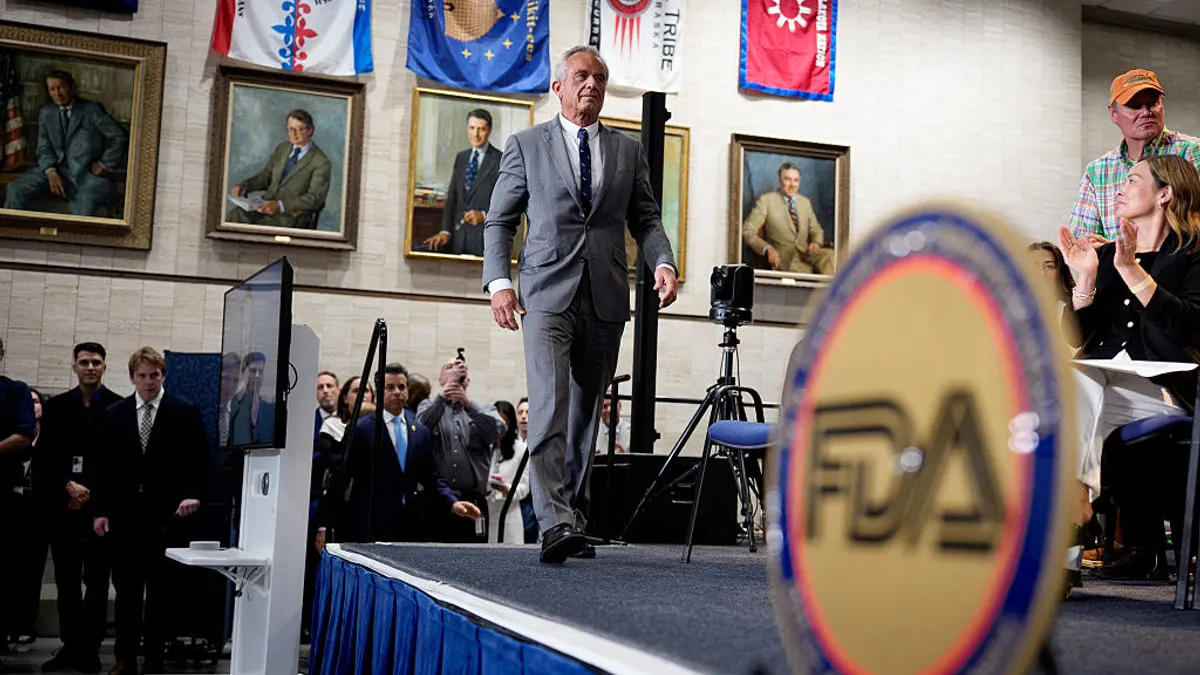Climate conditions are becoming more volatile and unpredictable, and the global population continues to climb. This exponential increase in population worldwide has placed a strain on our natural resources like never before. The challenge we face today is not just feeding more people, but cultivating healthy, nutritious food that is accessible (and affordable) for all without further degrading our already fragile ecosystems.
Traditional methods for growing, distributing, consuming and disposing of food accounts for one third of annual greenhouse gas emissions. According to a recent report from the World Business Council for Sustainable Development, the Food and Land Use Coalition (FOLU) and We Mean Business (WMB), regenerative agriculture practices could halve the global food system’s greenhouse gas (GHG) emissions by 2030 and reduce negative impacts of farming on plants, wildlife and freshwater. On a societal level, we must normalize the adoption of regenerative agriculture, though it can be costly(initially) and/or time-consuming to implement.
The food sector is one of the largest contributors to the climate and nature crises, and halting and reversing land degradation is critical to meeting future food needs. Conventional agriculture, driven by high-yield, industrial methods, relies heavily on synthetic inputs, monocultures, and intensive land use. While this system produces large quantities of food, it often does so at the expense of soil health, nutritional value, and long-term sustainability. Over time, this model has led to nutrient-depleted produce and animal products, contributing to widespread public health issues (like heart disease and obesity), which disproportionately harm vulnerable communities who rely on cheap, ultra-processed foods.
Regenerative agriculture focuses on climate-smart inputs, agroecological practices, efficient irrigation technology, and precision farming techniques. At its core, these techniques and practices aim to protect and preserve our planet and its natural resources by mitigating and adapting to the effects of climate change, enhancing soil health and biodiversity, and improving farmer income while producing high-quality food that is rich in vital minerals and nutrients.
Despite clear benefits, transitioning to regenerative agriculture practices can be costly and labor-intensive for farmers. That’s why we must normalize and incentivize these practices at scale. Regenerative agriculture isn’t just about farming—it’s about public health, climate stability, and food justice. In looking at the big picture, implementing regenerative and climate-smart agriculture methods can minimize the environmental impact of food and fuel production systems while creating a pathway to healthy, nutritious food systems that are accessible for all.
Making Regenerative Agriculture the Norm
Regenerative agriculture is a comprehensive approach to farming that addresses some of the most pressing environmental (and public health) issues of our time. By focusing on soil health, biodiversity, and ecosystem resilience, this innovative practice offers solutions to food security challenges, as well as climate change and water scarcity. As we move forward, embracing and scaling regenerative agriculture can be a critical step in healing our planet and ensuring a sustainable future for generations to come.
RIPE believes that producers should be fairly compensated for the full public value of their conservation practices. With most privately held U.S. land used for agriculture, no one is better positioned to steward our environment than American farmers and ranchers, and no one is better suited to support them than RIPE.
Learn more about RIPE’s Nutrition Research on the RIPE website.










